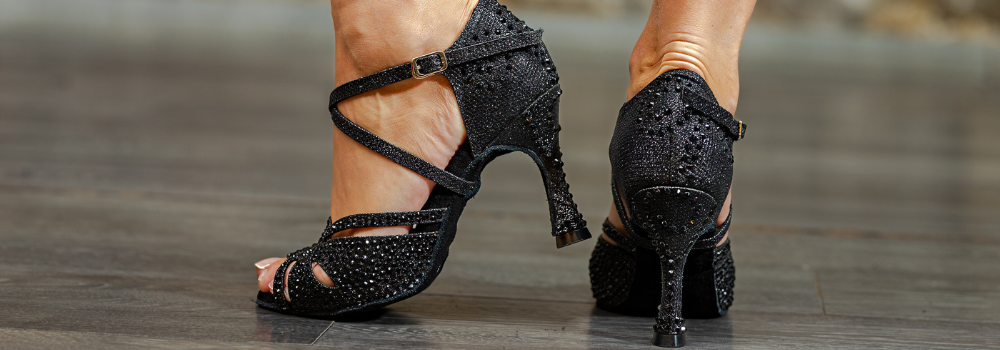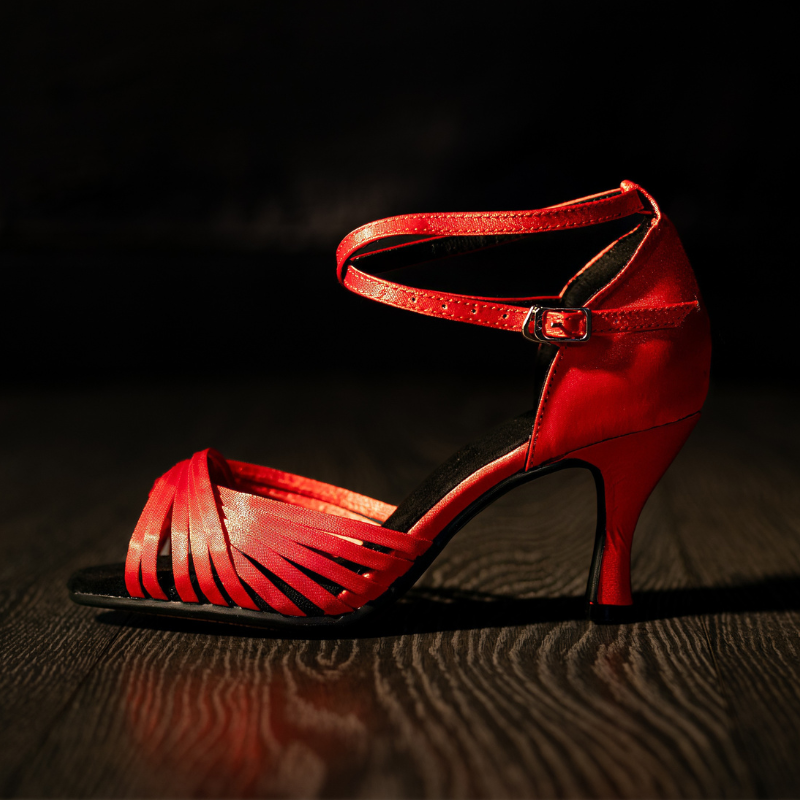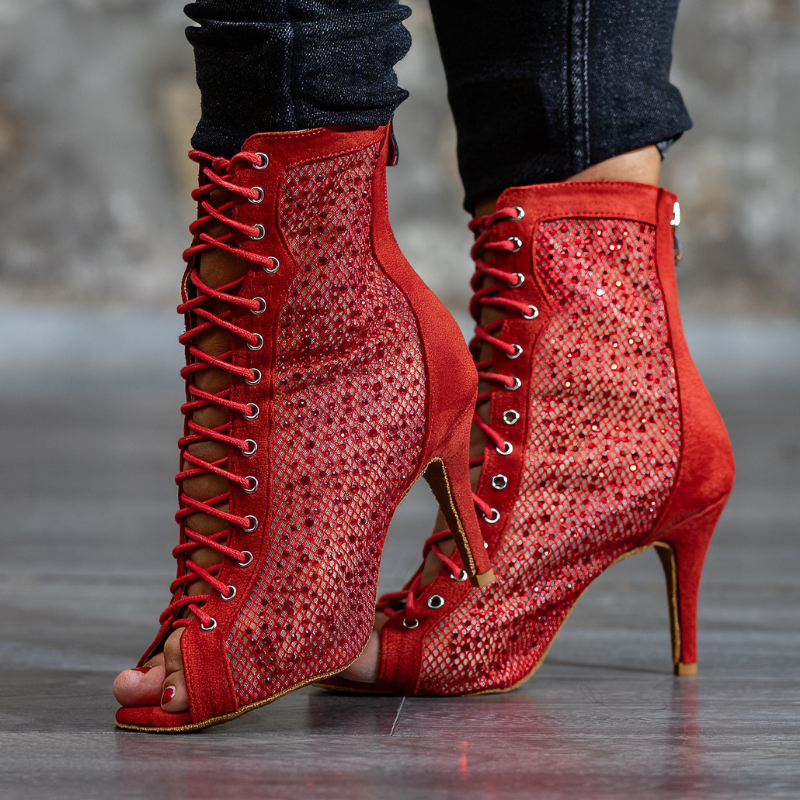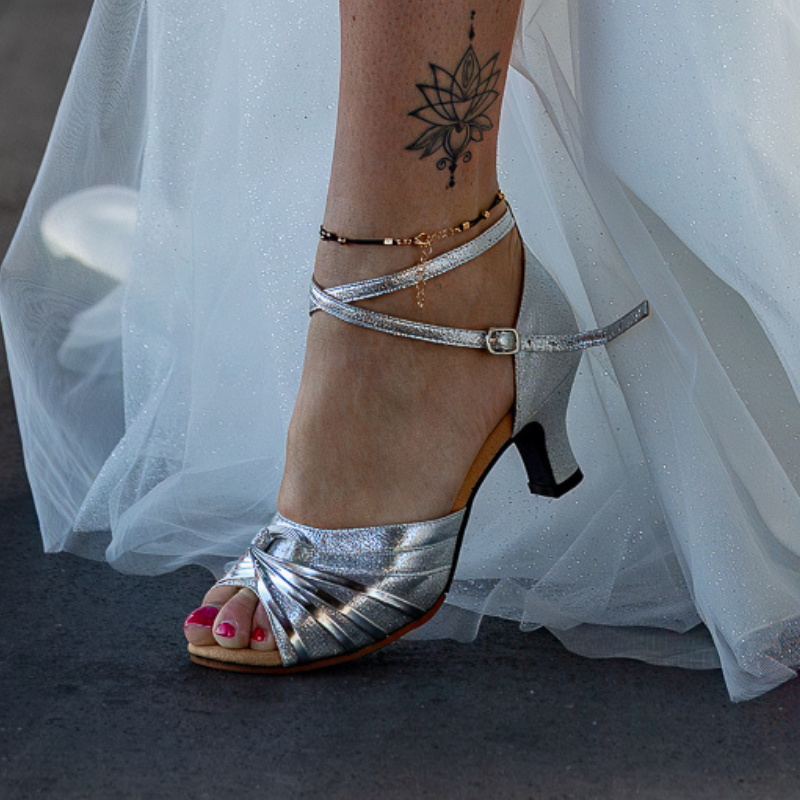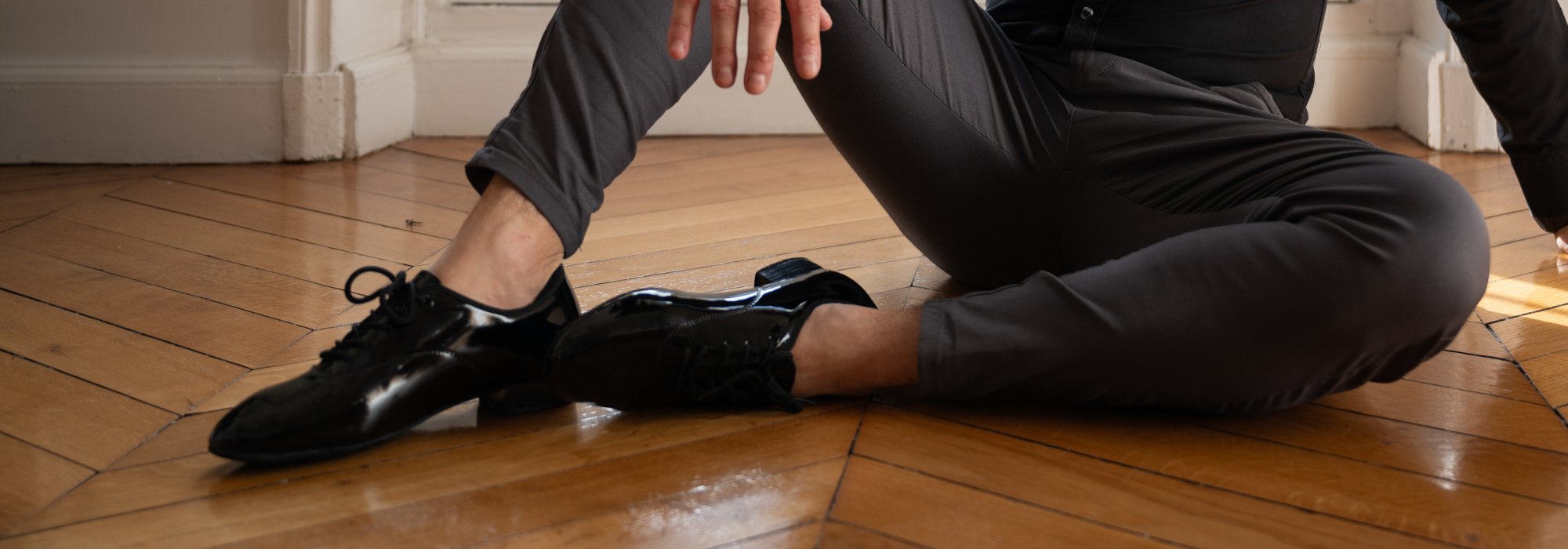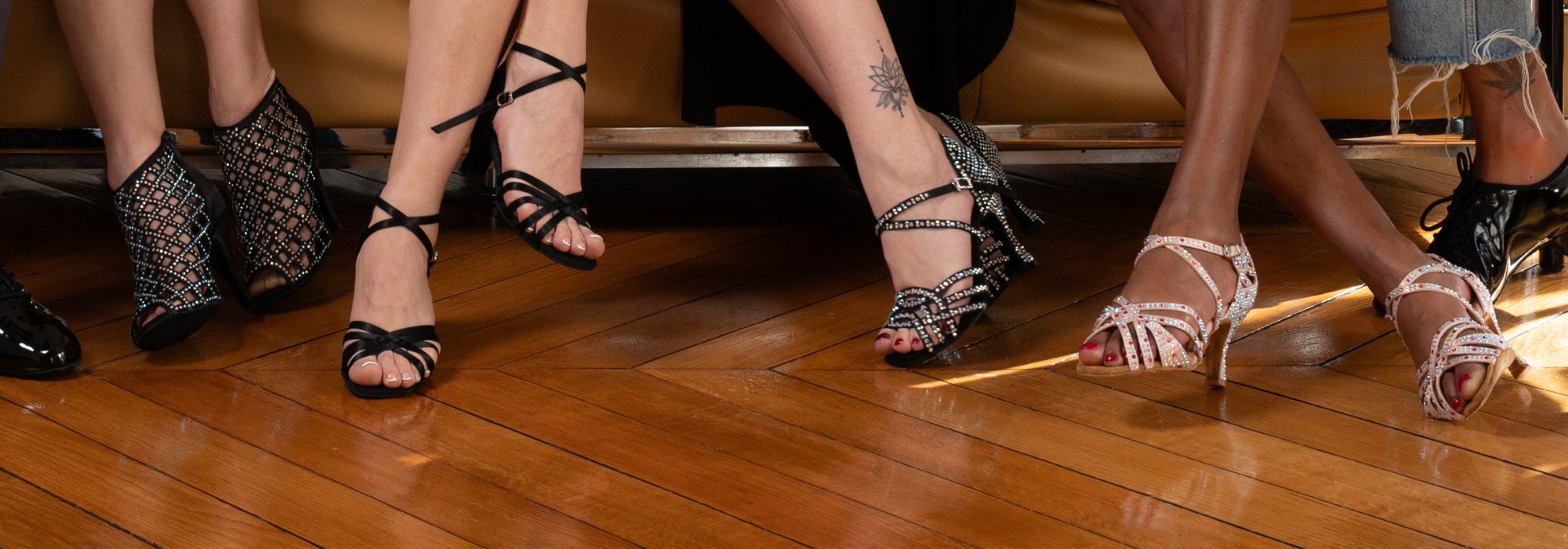How to extend the life of your Heels with good maintenance?
Taking care of your dance shoes means honoring your passion and preserving the pleasure of each step. However, maintaining heels often remains a mystery shared between fear of damaging them and lack of time. Proper maintenance of heels is not just a question of cleanliness: it is the key to their longevity, your comfort and an elegance that lasts from the first lap to the last. Because heels shoes well maintained, it is your faithful partners who carry you, enhance you and prevent you from wavering. Take three minutes to discover how to enhance the life of your heels with simple gestures, clever tips and a little love... so that every evening of salsa or bachata ends on a perfect note.
1. Why is maintaining your heels essential?
Longevity at the service of your dance
Investing time in maintaining your heels means investing in durability and performance. A poorly cared for pair of heels can become deformed, lose their comfort or shine in just a few months. Conversely, a good maintenance ritual allows you to maintain a perfect arch, supple leather and a sole that slides properly on the track. You dance better, longer and more confidently. Every feeling of lightness is rooted in the attention you pay to your shoes.
- Avoid microcracks in the leather which shorten the life of your heels.
- Prevents odors and premature wear of the sole.
- Maintains the elasticity of the heel, guaranteeing comfort.
A reflection of your commitment
Taking care of your shoes also means taking care of your image and the discipline associated with each demanding dancer. Your heels become the mirror of your passion, ready to respond to each new challenge, in shine or in duo!
2. Clean synthetic leather without damaging it
Key actions to preserve radiance
Leather is alive, it breathes and stores the memories of all your performances. Maintaining it delicately means giving it a second life with each cleaning. Always use a soft brush or slightly damp cloth to remove dust and residue after each dance session. Avoid aggressive household products: use a special leather soap or a gentle cleansing milk.
- Removes stains as soon as they appear to prevent them from becoming embedded.
- Always allow to dry in the open air, away from any direct heat source.
Avoid common mistakes
Many people make the mistake of running their heels under water or forgetting to dry them properly. Excess water relaxes and weakens the leather, while drying in a radiator cracks it. Take care of it like a precious stage costume: gentleness and patience are your best allies!
3. The brush, an essential tool for the dancer
Choose and use your brush wisely
A good brush is to shoes what a partner is to dancing: reliable, suitable and indispensable. Opt for a natural horsehair brush for leather or fine brass for suede soles. Brush in the direction of the material, without applying too much pressure, to remove dust and marks and restore relief to your heels.
- Brush after each use to prevent dirt from becoming embedded.
- For the sole, a quick pass before and after dancing guarantees ideal grip and good glide.
Mistakes to avoid with the brush
Never use a metal brush that is too hard as it will scratch the leather. And remember: the suede sole must remain slightly rough to avoid falls, especially on varnished parquet floors.
4. Protect your heels before each outing
Use appropriate protection
Before hitting the track, remember to install protection on your heels: transparent toe caps, soft pads to absorb shock or non-slip soles to protect the bottom of the shoe. These discreet accessories double the lifespan of the structure and protect the leather from any unintentional injury.
- Heel caps to prevent premature wear
- Removable thin insoles to absorb perspiration
Tip for longevity
Remember to remove the protections after each dance, then clean them so that they remain effective. A simple little gesture that saves a lot of hassle!
5. Store and transport your heels carefully
Appropriate storage to preserve shape
After an evening, the temptation is great to throw your heels at the bottom of the bag. However, a good storage box or a breathable cover preserves the curvature, the leather and the sole optimally. Place tissue paper inside to maintain shape and absorb residual moisture.
- Store your shoes away from humidity and direct sunlight.
- Avoid stacking them in the bag at the risk of deforming them.
Transport without damage
When traveling, choose a special pouch with a separate compartment to avoid friction between pairs. Protective, they follow you from class to evening... without scratching or staining your stage treasures!
6. Pamper the sole for more comfort
Maintaining the bottom of the shoe
The soles of your heels undergo all the pressure, all the support and all the emotions of your choreographies. To keep it vibrant and comfortable, brush it regularly, especially if it is made of suede, and sometimes apply a waterproofing spray (specially for dance shoes!). If areas become damaged, have a fine shoe installed by a specialized shoemaker.
- Avoid soles that are too smooth or too damaged so as not to slip or get caught
Strengthen daily comfort
To prevent pressure points from forming, change your insole every season or use a gel pad. Your comfort directly impacts your performance and your posture!
7. Moisturize the leather: the shine secret
The right products to nourish the leather
Like skin, leather needs to be hydrated. A special balm or cream, applied once or twice a month, restores suppleness and shine to your heels. Apply with a soft cloth, in circular movements, then delicately polish.
- Favor natural products and avoid those based on silicone or alcohol
Avoiding dryness and cracking
Dry leather is leather that splits, cracks, sags. Moisturizing means giving your heels perpetual youth and combining beauty and longevity over time.
8. Rotating pairs to maximize longevity
Alternate to breathe
If you dance several times a week, alternate between two or three pairs. This allows the leather, soles and inserts to ventilate, regain their shape and limit the accumulation of moisture. It's a pro strategy for collecting memories... and keeping all your shoes in tip-top shape.
- Avoid spending hours on the same pair: your comfort will only thank you more!
Identify signs of wear
Even with care, a dance shoe has a lifespan. Observe the condition of the seams, leather and heel. Don’t wait for breakage to renew or repair: preventive maintenance is the best gift to give to your practice!
Want to know more about our models and advice? Take a look at our collection of women's dance shoes
FAQ - Frequently asked questions
How to properly clean synthetic leather/satin heels without damaging them?
Use a soft brush or damp cloth. Never wet heavily and always dry in the open air, away from the sun or heating.
How can I avoid bad odors in my dance shoes?
Let it dry thoroughly after each use, remove the insole if possible, and use a deodorizing spray or baking soda. Avoid storing your heels in a closed box directly after dancing.
What should I do if the soles of my heels start to slip?
Brush gently with a specific brush, then have a fine non-slip pad installed by a shoemaker if necessary. Also checks the condition of the heel for more stability.
Should we use protection on the heels?
Yes, especially during intensive training or on abrasive floors. The tips protect against premature wear and can be quickly replaced when they become damaged.
How do I transport my heels without damaging them?
Use a breathable storage pouch or box, add tissue paper inside and separate each shoe well to avoid friction and deformation.
When should I think about changing pairs or having my heels repaired?
As soon as you notice a loss of comfort, sagging of the heel, cracks in the leather or a weakened sole. Regular maintenance postpones this moment but it is normal to renew or repair from time to time.
Discover our heel shoe models available on our SalsaNueva online store Shop, designed for demanding dancers.

